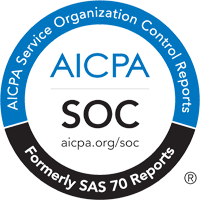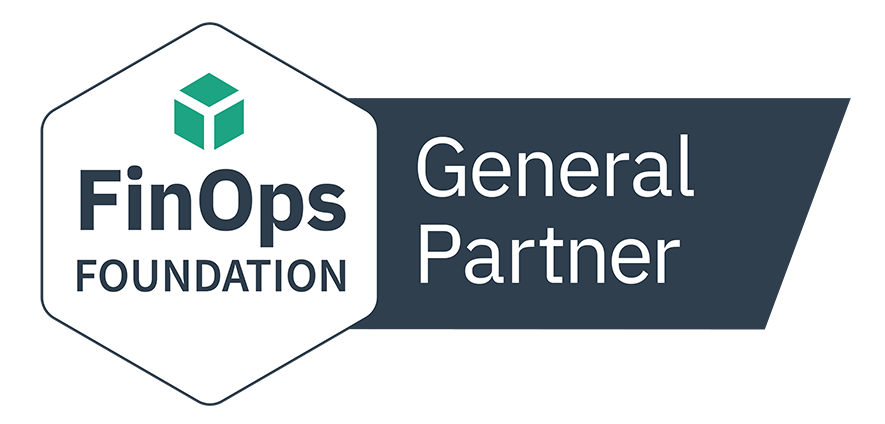With cloud cost optimization critical in establishing an innovative big data framework, AWS and Pepperdata gathered multiple experts to discuss how to maximize your savings with Amazon EMR and Pepperdata.
Learn how Pepperdata uses machine learning to provide Continuous Intelligent Tuning automatically to your Amazon EKS applications, helping your platform team recover wasted capacity and ultimately reduce your spend for cloud resources.




